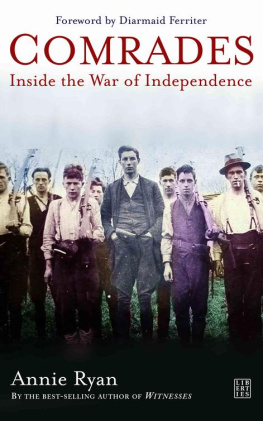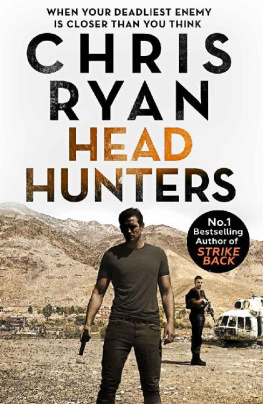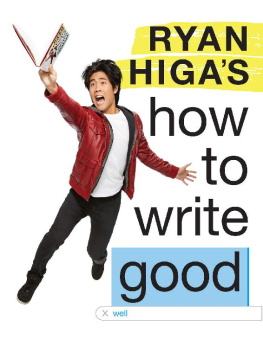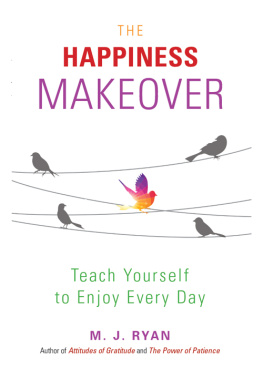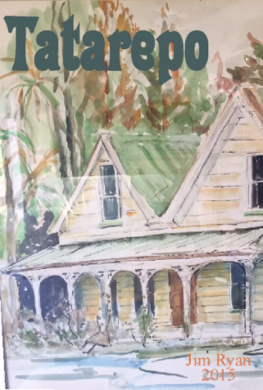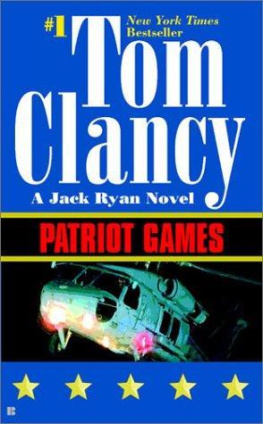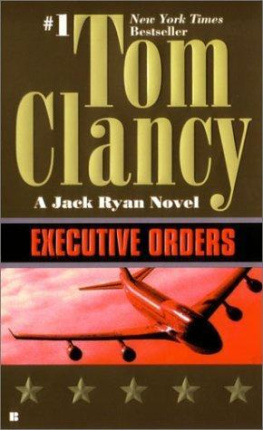P RAISE FOR
W ITNESSES : I NSIDE THE E ASTER R ISING
A fascinating new book Ryan has succeeded in illuminating the sheer diversity of human experiences in 1916, and in particular has highlighted the role of women in the Rising
Diarmaid Ferriter, V ILLAGE
an entertaining book that gives us an insight into the way some of the ordinary people involved in the Easter Rising recalled that experience forty years later. Their voices come through with a lively immediacy that is very attractive.
H ISTORY I RELAND
A remarkable new book
I RISH I NDEPENDENT
an intriguing survey of a fascinating and historically very important Irish archive; a real eye-opener
Tom Garvin, I RISH B OOK R EVIEW
the accounts bring events alive with an immediacy and sense of location that a more formal history cannot provide [and] help add depth to our understanding of what happened in that fateful week
Tony Canavan, B OOK I RELAND
Ms Ryan does reveal many hitherto unsung people who played their part [in the Rising]. She highlights the outstanding women of the Citizen Army. Ms Ryans memoir is not without humour
Peter de Rosa, E VENING H ERALD
a fascinating collection of memories of the Easter Rising from those who took part or who were observers of the action
E MIGRANT O NLINE
a fascinating book the commentary of the women who were the wives, loves and girlfriends of the key participants enlivens the pages
P OST N EWS : T HE J OURNAL OF A N P OST
a fantastic account of one of the most momentous events in modern Irish history by actual participants in the Rising. truly a treasure trove of the personal memories and reflections of those who nursed this country into existence
An Taoiseach Bertie Ahern TD
In memory of all those who lived through the War of Independence with a story to tell
C ONTENTS
My gratitude to all those who were so kind as to encourage me to undertake Comrades: Inside the War of Independence, almost before my publishers had time to get my first book, Witnesses: Inside the Easter Rising, on to the shelves of Irish bookshops. Again, people like Dr Margaret Mac Curtain and Professor Donal McCartney were very kind. Colette ODaly of the National Library, who was such a help when I was putting Witnesses together, could see no reason why I should not proceed at once to renew my acquaintance with the interesting people whose stories were to be found in the archives. The generous validation provided by Martin Mansergh and Diarmaid Ferriter further impelled me towards a task which, I must say, was a thoroughly enjoyable one.
The National Archives in Bishop Street is a remarkably congenial place, warm and comfortable a perfect place to spend time with these engaging people who were generous enough to leave us their stories. I am deeply grateful to the staff at the National Archives.
I am conscious of the great debt we owe the Bureau of Military History, firstly for putting together the Military Archives and then for taking such good care of them.
I would like to take this opportunity of thanking old friends and relatives of my own generation for their memories. Most of my generation are fortunate enough to have known many of the people who feature in Comrades. It was heartening to find that, for example, an extraordinary man like Tomas Malone was remembered by my old friend Julie OHalloran of Nenagh, County Tipperary. If Comrades succeeds in stirring old memories, it will have achieved its purpose.
My thanks also go to my husband for his listening gifts and to my brothers and sisters for their unfailing interest in the progress of Comrades.
All quotations from the Bureau of Military History 191321 witness statements are reproduced courtesy of Military Archives, Cathal Brugha Barracks, Rathmines, Dublin 6. Thanks to Commandant Victor Laing and the staff of the Military Archives for their generous assistance with images, and to Orlaith Delaney and Sam Egan for editorial support.
Volunteers Members of armed units of the unilaterally declared Irish Republic, the Irish State proclaimed in the Easter Rising in 1916 and reaffirmed by the Dil in January 1919. These units came to be known collectively as the IRA.
RIC The Royal Irish Constabulary was one of Irelands two police forces in the early twentieth century, alongside the Dublin Metropolitan Police. The RIC was disbanded in 1922 and replaced by two new police forces: the Garda Sochna in the Irish Free State and the Royal Ulster Constabulary in Northern Ireland.
B Specials Initiated in 1920 as a vigilante force locally recruited from ex-members of the Protestant Ulster Volunteer Force, later funded by the Northern government. A Specials and C Specials completed the Ulster Special Constabulary.
DMP The Dublin Metropolitan Police was the police force of Dublin from 1836 to 1925, when it became part of the new Garda Sochna.
Black and Tans Because of the enormous strain of guerrilla warfare on the RIC in 1920, the government found it necessary to obtain reinforcements in England. The new recruits were mostly unemployed ex-servicemen. They came to be known as the Black and Tans because of their uniforms, which were a combination of police and army uniforms. A more elite force was later recruited. These were ex-officers and became the Auxiliary Division of the RIC.
Cumann na mBan Cumann na mBan, a womens league associated with the Irish Volunteers, was founded by Countess Markieviez in association with Agnes OFarrelly, Jennie Wyse-Power and Louise Gavan Duffy. It had the same aims as the Irish Volunteers but was a separate organisation. As well as learning first aid, the members drilled and learned how to load, unload and clean guns.
In March 1959, eighty-three steel boxes were locked into the strongroom in Government Buildings in Dublin. They contained the 1,770 statements of the Bureau of Military History, which, with the backing of successive governments, had organised the collection of the statements from those who took part in the Irish revolution from 1913 to 1921. There was only one problem. No agreement had been reached about when the statements should be released. It was a problem that remained for nearly half a century.
In 1967, the historian F. X. Martin bemoaned the official iron curtain cutting off the findings of the Bureau from all outsiders. The papers of the Bureau have now become a misers hoard. But he also maintained that the material would prove to be a gilt-edged investment, increasing in value with the passage of the years. The statements were finally released in 2003, and, as Annie Ryan has demonstrated in this absorbing, original and engaging book, F. X. Martins prediction was accurate.
Here, we see the Irish War of Independence laid bare: the triumphs, the sorrows, the idealism and the brutality, the bravery and the pain. What makes this book important is that the stories are told through the voices of those who participated directly. It is a period of Irish history still much disputed, but a lot of the research to date has excluded the voices of those who were fuelling the Irish republican engine.
The value of this book lies not only in the determination to allow the voices of the participants to emerge, but also the acknowledgement that there were many layers to this revolution. It was, like all wars, complicated and difficult, and the certainty expressed by so many in its aftermath was rarely evident at the time. There is much defiance, resoluteness and bravery on display in this book, but also uncertainty and vulnerability. It is to Annie Ryans credit that she has not sought to simplify or romanticise what was such a painful period for many, marked by pride, but also by suffering and conflicting allegiances.

